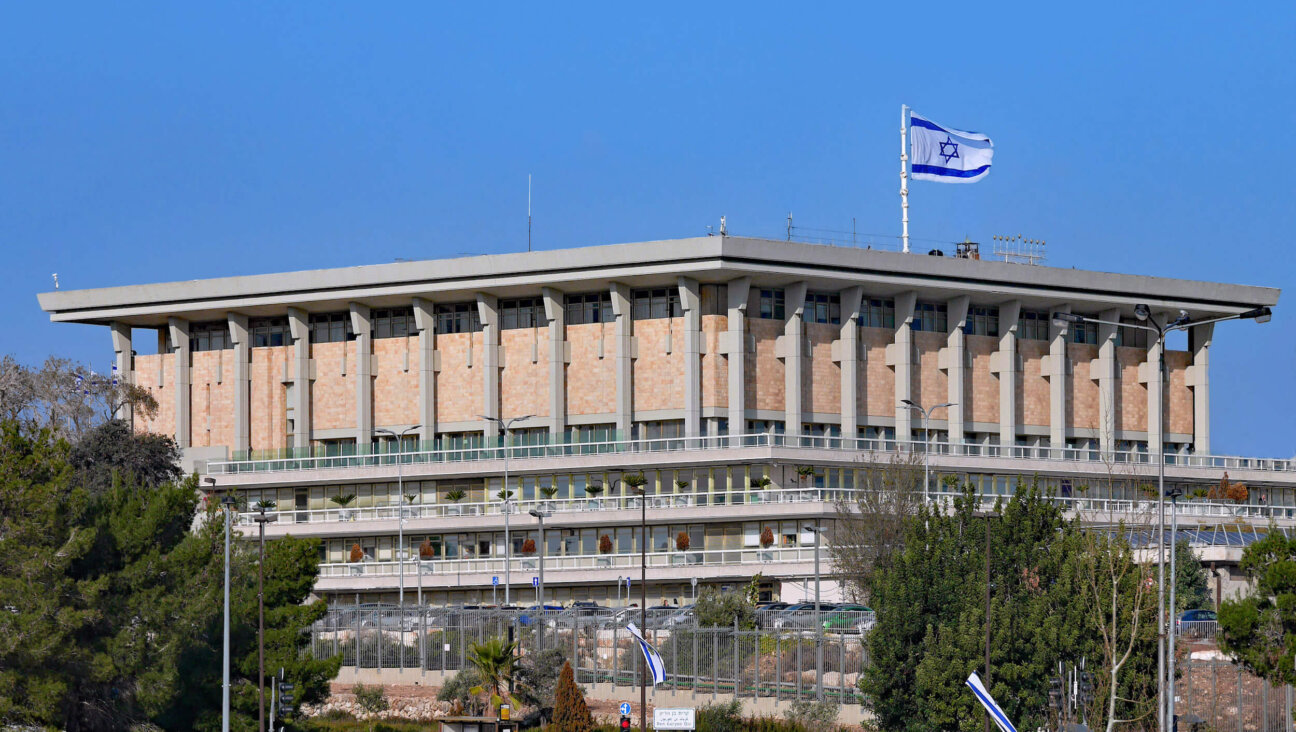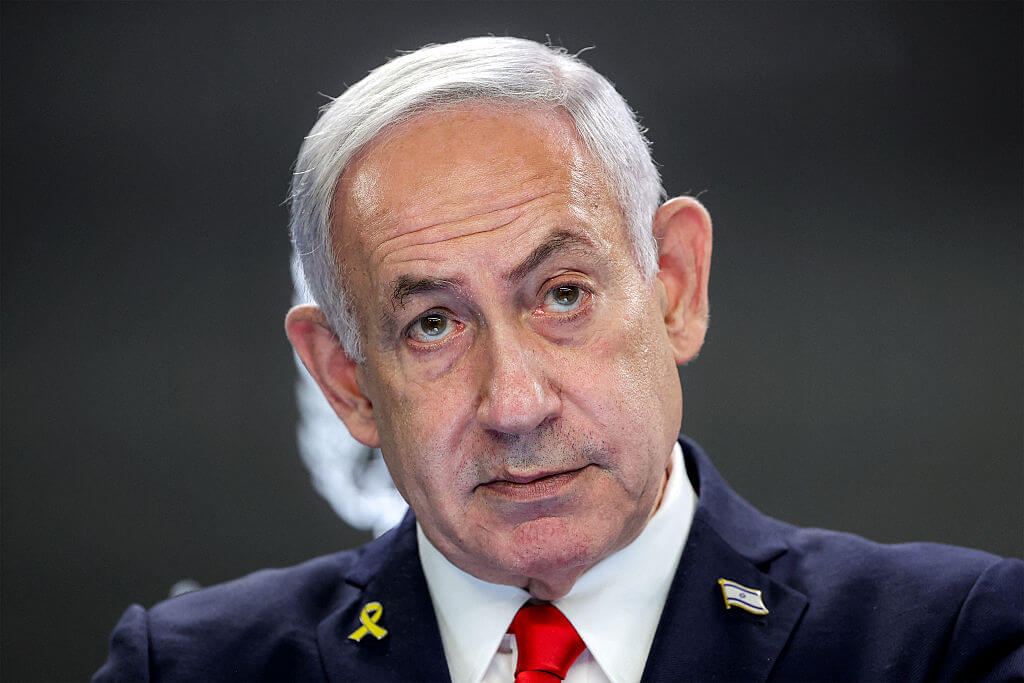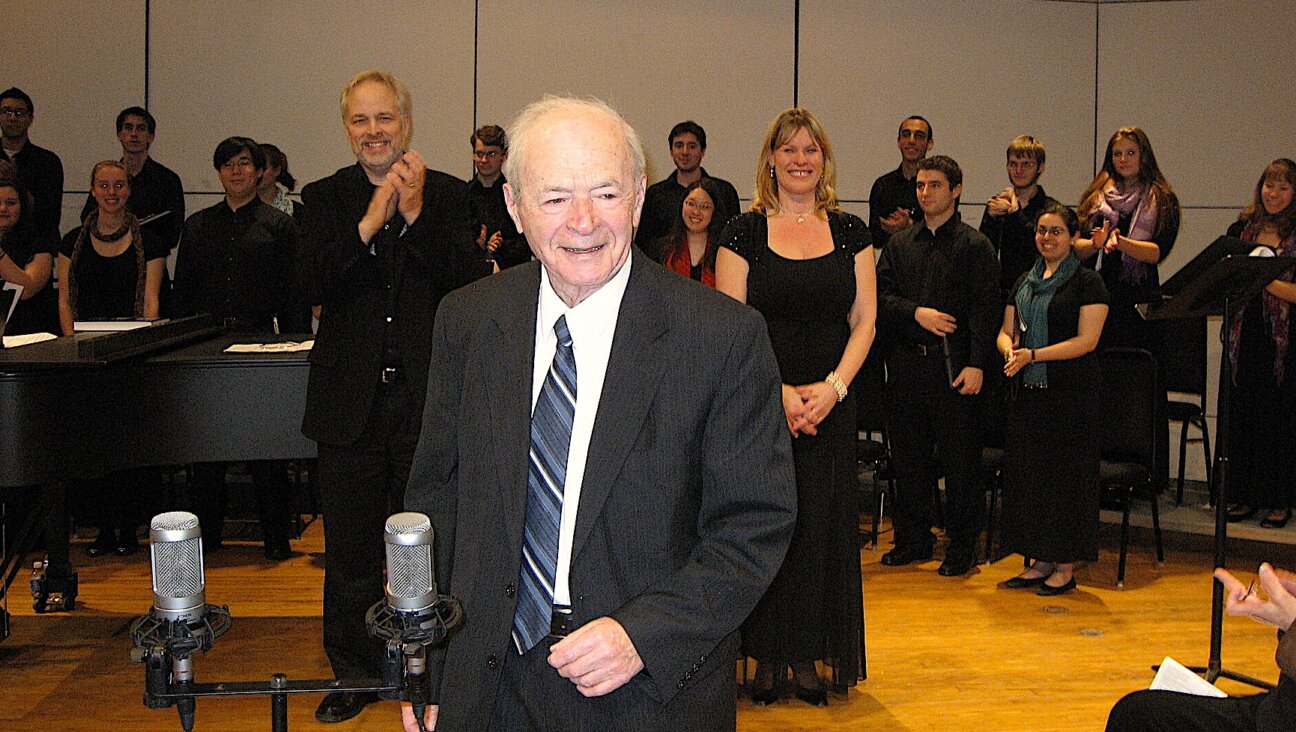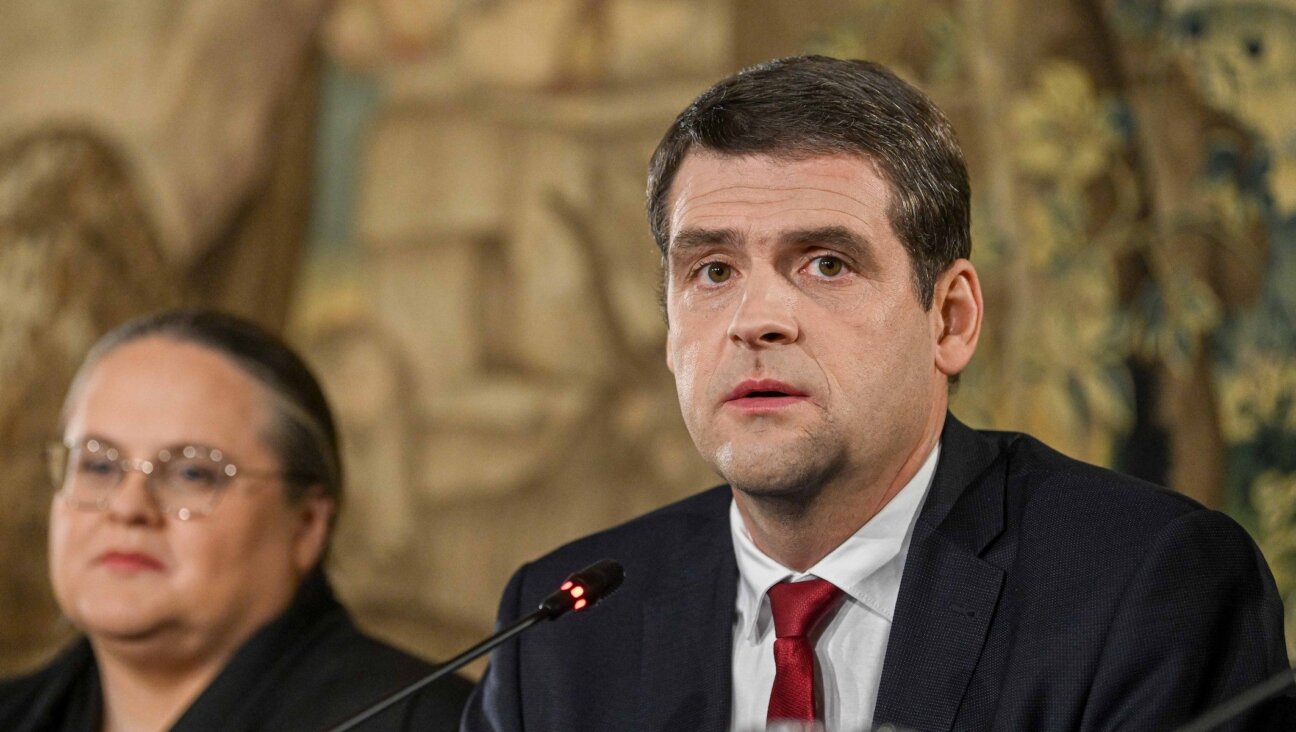Calming the Temple Mount
On June 7, 1967, Moshe Dayan, Israel’s legendary defense minister, arrived at the Temple Mount in Jerusalem, which had been captured hours earlier by Israeli paratroopers. There he saw an Israeli flag unfurled over the Dome of the Rock. Dayan ordered the flag removed, establishing one of the most important principles of Israeli control over Islamic and Arab holy sites: Israel would display self-restraint, respecting the autonomy of Muslim authorities in this realm.
In the ensuing weeks and months, a delicate but stable ecosystem emerged: The keys to all of the gates to the Temple Mount, save one, were left in the hands of the Waqf, the Islamic endowment that administers the site. Access to the Mount was guaranteed to non-Muslims, but no prayer was allowed there except by Muslims. These informal rules of engagement were ones that both Jewish and Muslim religious authorities could accept. Overwhelmingly, rabbinic rulings forbade Jews from ascending to the Mount, lest the sanctity of the Holy of Holies be violated. The Waqf could abide universal access to the site, provided that the exclusivity of Muslim worship was maintained.
For the most part, a fragile peace has prevailed, though it can all fall apart very easily. In 1969, a mentally disturbed Australian tourist torched the Al Aqsa Mosque, leading to an outbreak of widespread violence. In 1990, an attempt by the Temple Mount Faithful to bring a cornerstone for a reconstructed Third Temple to the site was blocked by Israeli police but still led to rioting that left 21 Palestinians dead. In 1996, the opening of an archaeological tunnel adjacent to the Mount led to the first outbreak of widespread violence across the territories between Israelis and Palestinians since the signing of the Oslo accords. In September 2000, a visit by then-opposition leader Ariel Sharon triggered the second intifada.
There is a pattern: Jerusalem erupts over real or perceived threats to the integrity of sacred space. And no space is more sacred than the Mount, which is a magnet for those who seek to sow discord and promote apocalyptic visions, and a potent rallying point for fundamentalist Islamic actors inside Israel and beyond.
In recent weeks, the site has been the focus of yet another round of violence, giving rise to charges and countercharges from Israelis, Palestinians and the Arab world over who is to blame. And there is plenty of blame to go around. Both Raed Salah, the inflammatory leader of the northern branch of Israel’s Islamic Movement, and messianic Jewish forces have been fanning the flames.
The incitement from the extremists is predictable, but their fiery exhortations would gain little traction if they were not being fueled by events on the ground. Take, for example, the claim that Israel is tunneling under the Temple Mount and undermining the foundation of its mosques. It is a blatant fabrication. But it is true that only meters from the Mount, Israel is conducting massive tunneling beneath Palestinian homes in the Muslim Quarter and in the nearby neighborhood of Silwan, all with no real public scrutiny. It is also the case that the Silwan tunneling is being carried out by the same settlers who have displaced Palestinian residents above ground.
Indeed, virtually all of the archeological excavations in and around Jerusalem’s Old City are taking place under the auspices of right-wing settler organizations. Moreover, from Sheikh Jarrah to Silwan and beyond, the pace of Jewish settlement near the Old City is accelerating, with actions that expand the settlers’ presence and displace more Palestinians, carried out at the direction of, or in collusion with, the highest echelons of the Israeli government.
So when Muslims are led to believe that the mosques on the Temple Mount are in danger, they are being cynically manipulated by Islamic extremists. But Muslim fears for the welfare and future of the Palestinian population in Jerusalem, and for the religious and cultural integrity of Islamic Jerusalem, are legitimate and are being fueled by the reckless actions of the Israeli government. Israel is effectively empowering its worst enemies and weakening the forces of moderation in the Arab and Muslim worlds.
Israel would be well-advised to recall the wisdom shown by Moshe Dayan in 1967. Regardless of one’s view on the political future of Jerusalem, Israel’s claims to be a responsible guardian of this complex and sensitive city require it to respect competing religious and national narratives and their physical embodiments in the holy sites. Failing this, we will likely witness increasing and recurring violence that will send tremors throughout the region.
Daniel Seidemann is the founder of and a legal adviser to the Jerusalem nongovernmental organization Ir Amim, or “City of Nations.”















